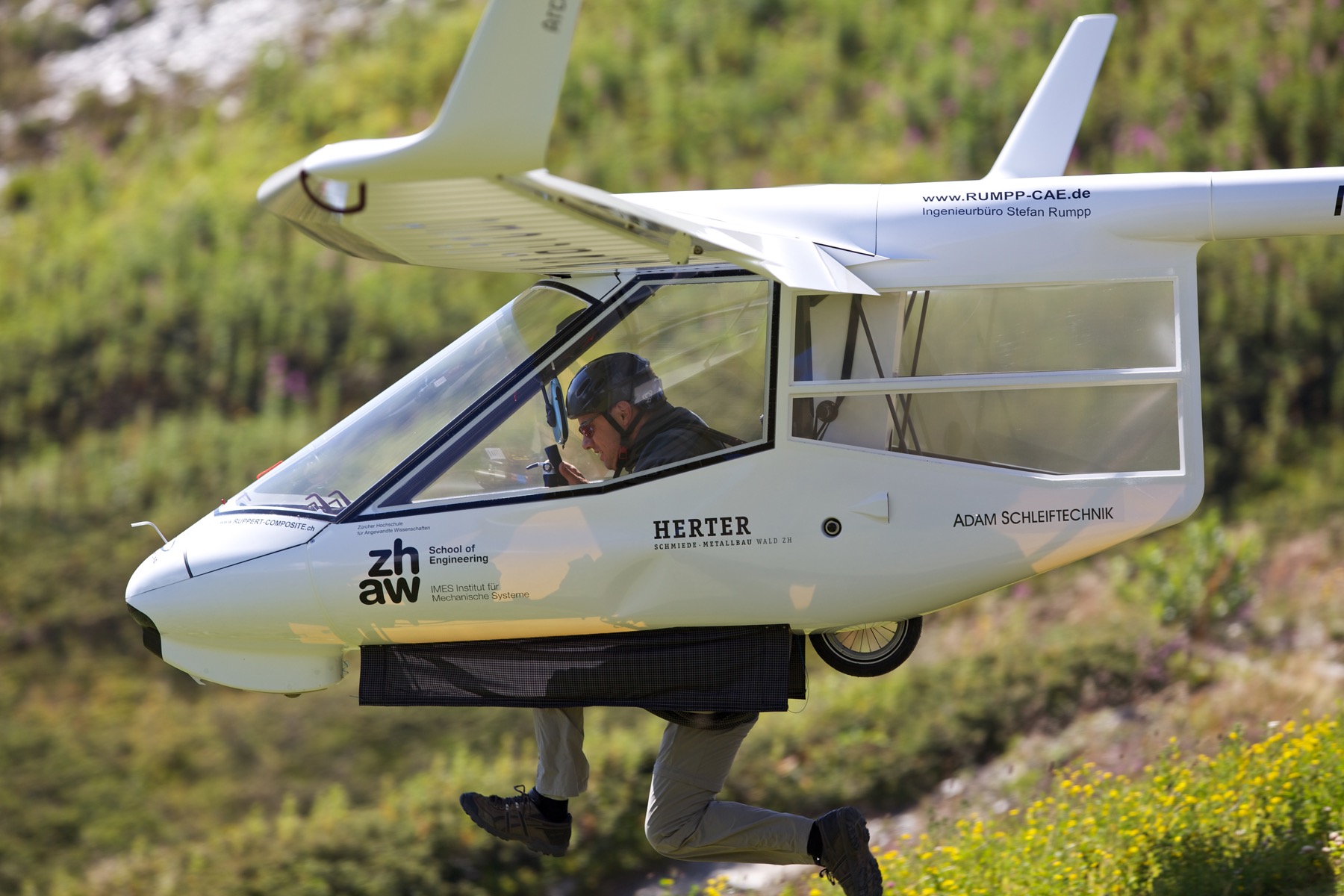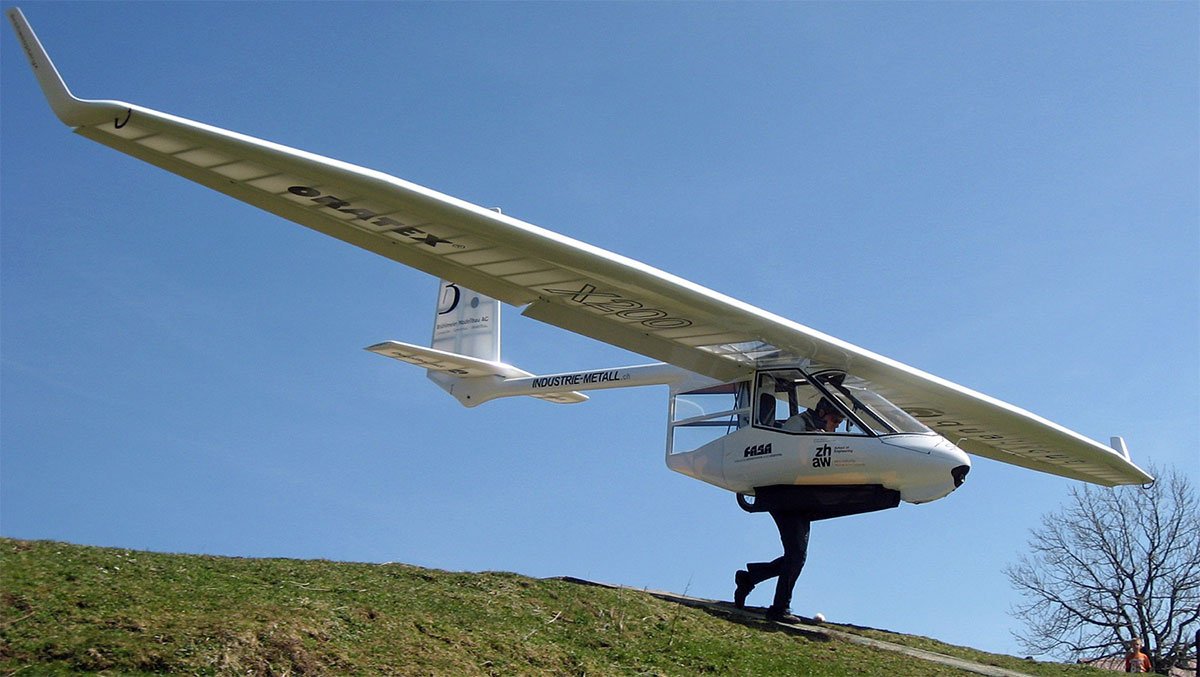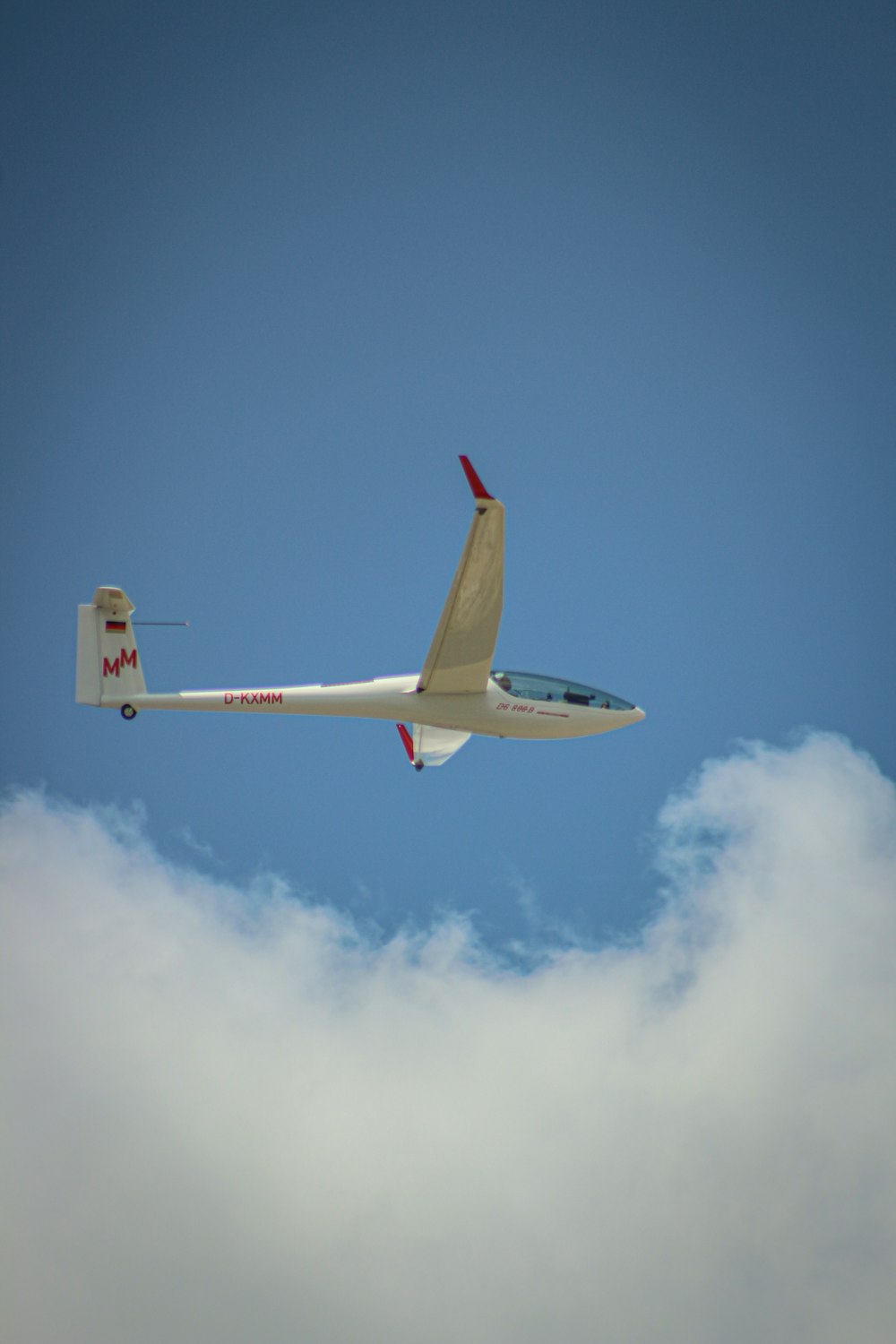Aircraft Glider - Once you lift off you'll need to hold the appropriate speed for towing the type of glider behind you—and nail it within 5 MPH. Glider pilots have been known to make a speed-sloppy tow pilot's life miserable.
During climb, you'll keep turns shallow, while taking advantage of any thermals around, and maneuver to be positioned at the desired location relative to the airport upon reaching release altitude. In flight, a glider has three forces acting on it as compared to the four forces that act on a powered aircraft.
Aircraft Glider

Both types of aircraft are subjected to the forces of lift, drag, and weight. The powered aircraft has an engine that generates thrust, while the glider has no thrust. The answer is that they are designed to be very efficient, to descend very slowly.
Three Forces
If the pilot can locate a pocket of air that is rising faster than the glider is descending, the glider can actually gain altitude, increasing its potential energy. Pockets of rising air are called updrafts. Updrafts are found when a wind blowing at a hill or mountain has to rise to climb over it.
Updrafts can also be found over dark land masses that absorb heat from the sun. The heat from the ground warms the surrounding air, which causes the air to rise. Rising pockets of hot air are called thermals.
Large gliding birds, such as owls and hawks, are often seen circling inside a thermal to gain altitude without flapping their wings. Gliders do exactly the same thing. For paper airplanes and balsa gliders, the aircraft is given an initial velocity by throwing the aircraft.

Some larger balsa gliders employ a catapult made from rubber bands and a tow line to provide velocity and some initial altitude. Hang-glider pilots often run and jump off the side of a hill or cliff to get going.
How Do Gliders Stay Aloft For Hours If They Constantly Descend?
Some hang-gliders and most sailplanes are towed aloft by a powered aircraft and then cut loose to begin the glide. Currently, the most popular tow planes are ag planes from the 1960s and '70s, notably the Piper Pawnee and Call Air A-9.
They have great visibility in three-point (and steep climb) attitude, excellent low-speed control and good ground handling—as tailwheel airplanes go. Previously popular airplanes such as the 150-HP Citabrias and Super Cubs are less popular now because they've gotten so expensive.
The cost of insurance in a "hard" market is raising its ugly head—driving up the price of tows (we're seeing about $45 to 3000 feet) as well as starting to bring more nosewheel airplanes into the fold.
The Cessna 182 has long been a good tow plane, although it is not nearly as "cool" as a 180 or Pawnee, but it's much less expensive to insure and avoids the problem of locating tailwheel tow pilots.

So How Does A Glider Generate The Velocity Needed For Flight?
In position, you'll check for traffic as the lead ground crew person does the same and lifts a wing of the glider to hold it level. Once the glider pilot is ready, she signals the wing runner, who signals you that everything is ready, and you move the throttle from quiet to noisy over about three seconds to keep the initial movement of the airplane and glider smooth.
That means that someone has to fly the tow plane—which just might mean that spending some weekend days yanking gliders into the sky would be more fun for you than going for $100 hamburgers. Plus, towing gliders is one of the very few types of flying a private pilot can legally do where someone else pays for the cost of the airplane.
You get to do some pretty cool flying and it doesn't cost you a cent. If you've got a commercial ticket and a second class medical, you can even get paid. The powered aircraft that pulls the glider aloft gives the glider a certain amount of potential energy.
The glider can trade the potential energy difference from a higher altitude to a lower altitude to produce kinetic energy, which means velocity. Gliders are always descending relative to the air in which they are flying.
What Is A Glider?
In order for a glider to fly, it must generate lift to oppose its weight. To generate lift, a glider must move through the air. The motion of a glider through the air also generates drag.

In a powered aircraft, the thrust from the engine opposes drag, but a glider has no engine to generate thrust. With the drag unopposed, a glider quickly slows down until it can no longer generate enough lift to oppose the weight, and it then falls to earth.
A glider is a special kind of aircraft that has no engine. There are many different types of gliders. Paper airplanes are the simplest gliders to build and fly. Balsa wood or Styrofoam toy gliders are an inexpensive vehicle for students to have fun while learning the basics of aerodynamics.
Hang-gliders are piloted aircraft having cloth wings and minimal structure. Some hang-gliders look like piloted kites, while others resemble maneuverable parachutes. Sailplanes are piloted gliders that have standard aircraft parts, construction, and flight control systems, but no engine.
The Space Shuttle returns to earth as a glider; the rocket engines are used only during liftoff. Even the Wright Brothers gained piloting experience through a series of glider flights from 1900 to 1903. What's involved?
First, the regulatory hoops: You need a private pilot certificate and 100 hours of flying time plus a glider tow checkout and endorsement. (There is a recurrent training requirement.) The tow plane may have enough power to require a high-performance endorsement and if it has a tailwheel, you'll need a tailwheel endorsement.
The relevant parts of the FARs are 61.31, 61.69, 61.113 and 91.309. Getting a glider into the air is a community affair—assistance is required. While a launch can be carried out via a winch and a long cable or a car and a long cable, by far the most common method is to use an airplane and a 200-foot nylon rope to launch the sailplane.
The glider will break ground fairly quickly, and should level off at about three feet, to avoid pulling the tow plane's tail up. Glider pilots aren't perfect, so you have a tow rope release knob also and can dump the rope and glider should things go south—and they will from time to time, so don't get complacent.
A typical day of towing starts with servicing and preflighting the airplane and inspecting the tow rope. You'll probably fly off of grass as it doesn't abrade the rope as much as pavement. You'll taxi into position about 180 feet in front of the glider while the ground crew hooks up the tow rope.
Once that's done, you'll follow one of the many hand signals you've learned to taxi forward and take the slack out of the rope. For more than five decades, active and dedicated aircraft owners and pilots have turned to AVIATION CONSUMER to answer their most important buying questions.
This website contains many older reviews. Unless otherwise noted, these reviews carry product pricing from the time of the original review. Fitting into the pattern often requires a combination of complying with local procedures and guile as you keep things in tight while hustling back for your next launch.

Once on final you'll hold no more than 1.3 Vso while remembering that the rope hangs about 50 feet below you. Then it's a matter of hitting your touchdown spot, rolling into position in front of the next glider with a minimum of fuss—and doing it all over again.
You'll feel the glider release (most of the time), at which point you'll turn left as the glider turns right. Once you confirm that the glider has released, you set the prescribed power for the descent, lean the mixture aggressively and make like a rock while banking frequently so that you can see all around you and avoid other aircraft.
A tow plane needs power, ability to climb while pulling a load—and to keep the engine cool while flying at indicated airspeeds as low as 60 MPH. It also needs good visibility to keep track of all the gliders that may be in the air nearby during tow, excellent low-speed control authority because the glider can yank the tow plane around in turbulence or if the glider pilot is a hamfist, enough fuel
capacity that it does not require stopping after every third tow and a comfortable pilot seat because the pilot may spend many hours in it during a day.
gliders aircraft for sale, two place sailplanes for sale, motor glider aircraft for sale, sailplanes for sale, glider aircraft cost, motor glider aircraft, powered glider aircraft, glider aircraft kit

0 Comments